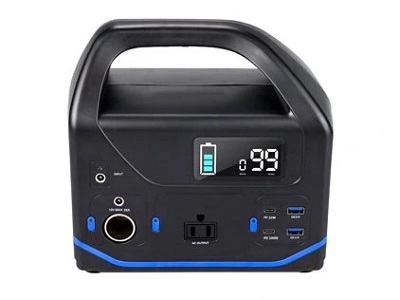As the "dual carbon" strategy (carbon peaking and carbon neutrality) advances and the energy structure continues to shift toward sustainability, business solar power systems have become a vital solution for enterprises seeking green transformation. Compared with traditional fossil fuels, solar energy is inexhaustible, clean, and increasingly cost-effective. This article explores the system's composition, operating mechanism, economic and environmental benefits, and application scenarios.
A business solar power system typically consists of photovoltaic (PV) modules (solar panels), inverters, distribution cabinets, monitoring systems, and mounting structures. PV modules convert sunlight into direct current (DC) electricity, which is then converted by inverters into alternating current (AC) for commercial use or grid connection. Additional components like energy meters and intelligent monitoring devices allow for real-time tracking of generation data, operational status, and fault alerts—ensuring efficient operations and maintenance.
Commercial sites such as office buildings, factories, and shopping centers often feature large, unobstructed rooftops with good solar exposure, making them ideal for distributed PV system deployment using modular installation.

Business solar power systems typically operate under two models: "{self-consumption with surplus grid feed-in" or "full feed-in to the grid". During daylight hours, the system primarily supplies electricity for on-site commercial loads, while any excess energy is fed into the public grid—allowing businesses to benefit from national and local feed-in tariff incentives. If solar generation is insufficient, the grid supplements the remaining demand, creating a flexible energy supply structure.
As solar-plus-storage technologies mature, many enterprises are integrating energy storage systems. This enables load shifting ("peak shaving and valley filling") and demand-side energy management, further enhancing energy efficiency and reliability.

Business solar power systems offer compelling long-term economic returns. The average investment payback period is around 5 to 7 years, with system lifespans exceeding 25 years. In the face of rising electricity prices, solar systems help enterprises stabilize energy costs, reduce operating expenses, and improve asset returns.
Environmentally, solar energy generates electricity without carbon emissions, noise, or water consumption. Every kilowatt-hour (kWh) of solar electricity can reduce approximately 0.997 kg of CO₂ emissions. This significant carbon reduction potential also enables participation in carbon trading markets, offering additional green revenue streams.

Business solar power systems are widely used in manufacturing plants, logistics parks, data centers, commercial complexes, and more. For instance, factory rooftops can host PV modules to meet workshop lighting and machinery power needs. Office building rooftops can support systems that offset energy use from HVAC and IT infrastructure. Large retail centers and cold-chain logistics hubs—with their high energy demand—are also ideal candidates for solar system deployment.
Business solar power systems are a key enabler for enterprises to reduce carbon emissions, lower energy costs, and enhance their green brand image. With continued technological advancements and improving policy support, the potential for widespread adoption of solar systems in the commercial sector is set to grow significantly. Investing in solar is not just an environmental responsibility—it's a strategic step toward long-term sustainability and profitability.